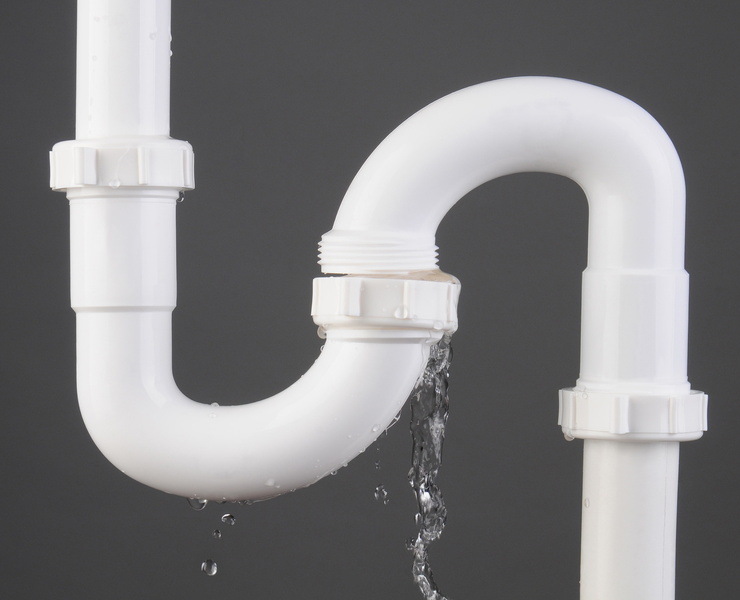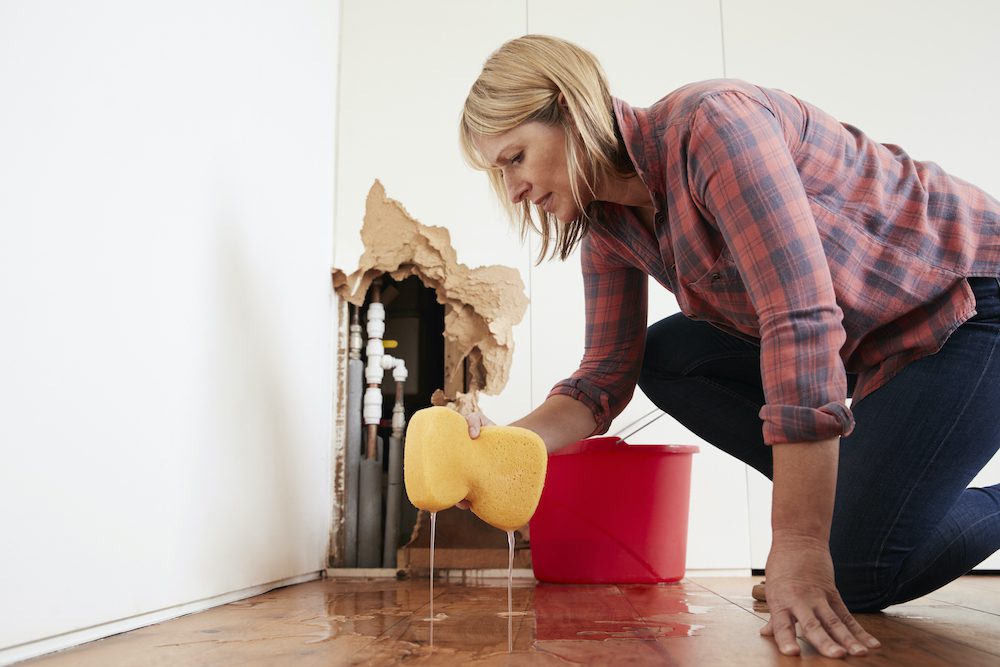Overview To Water Leak Detection At Home
Overview To Water Leak Detection At Home
Blog Article
Just about everyone has their own piece of advice with regards to Locating water leaks.

Early detection of dripping water lines can mitigate a possible calamity. Some small water leaks may not be noticeable.
1. Examine the Water Meter
Every residence has a water meter. Inspecting it is a surefire way that aids you uncover leaks. For starters, switch off all the water sources. Guarantee no one will flush, make use of the faucet, shower, run the washing machine or dish washer. From there, go to the meter and watch if it will change. Because nobody is utilizing it, there should be no movements. That indicates a fast-moving leak if it moves. Likewise, if you discover no changes, wait an hour or two and check back again. This means you might have a slow-moving leak that could also be below ground.
2. Examine Water Intake
Assess your water bills and track your water consumption. As the one paying it, you need to discover if there are any type of inconsistencies. If you identify sudden changes, regardless of your consumption coinciding, it implies that you have leaks in your plumbing system. Keep in mind, your water bill should drop under the very same variety monthly. A sudden spike in your costs suggests a fast-moving leak.
At the same time, a consistent increase on a monthly basis, despite the same routines, shows you have a slow leakage that's likewise gradually intensifying. Call a plumber to thoroughly inspect your residential property, especially if you really feel a warm location on your floor with piping below.
3. Do a Food Coloring Test
When it comes to water intake, 30% comes from commodes. If the shade in some way infiltrates your dish throughout that time without flushing, there's a leak between the tank as well as bowl.
4. Asses Outside Lines
Do not fail to remember to check your outdoor water lines also. Needs to water permeate out of the link, you have a loose rubber gasket. One tiny leakage can lose lots of water as well as spike your water costs.
5. Examine the scenario as well as inspect
Homeowners need to make it a routine to check under the sink counters and also also inside cabinets for any kind of bad odor or mold growth. These 2 red flags show a leakage so prompt focus is required. Doing regular assessments, even bi-annually, can conserve you from a major trouble.
A lot more importantly, if you recognize your house is currently old, keep a watchful eye on your heating units, pipes, pipelines etc. Look for stainings and damaging as most appliances as well as pipelines have a life expectancy. They will certainly also naturally wear away because of damage. If you think dripping water lines in your plumbing system, don't await it to intensify. Call an expert plumber immediately so you do not wind up with an awful mess in your home.
Early detection of dripping water lines can mitigate a prospective calamity. Some tiny water leaks may not be noticeable. Examining it is a guaranteed method that aids you discover leaks. One small leakage can waste lots of water and also spike your water expense.
If you presume dripping water lines in your plumbing system, don't wait for it to intensify.
How to Know If Your Home Has a Hidden Leak
Water Meter Reveals Inexplicable Water Usage
If you’d like to test whether or not there’s a leak somewhere in your home, you can do this using your water meter. Here is how to conduct the test:
Don’t use any water in your home for at least 30 minutes; this also means not turning on faucets or water-using appliances.
Go outside, and check your water meter for activity.
If your water meter shows that there was activity, even though no one was using any water, this proves that there is a leak in your home.Visible Mold or Mildew Growth
Leaks behind walls create moist, dark environments that allow mold and mildew to grow and thrive. Eventually, you might see mold growth forming on the wall closest to a hidden leak.
If mold is growing in an area that receives a high amount of moisture, such as a bathroom, it may simply be an indication that better ventilation is needed. However, if you see mold growth on a wall or the ceiling in an area where you would not expect, you probably have a hidden leak.
Musty, Mildew Odor
Sometimes you might not be able to see the mold or mildew that is growing as a result of a leak. However, the smell can give the problem away just as easily. If you catch a whiff of something musty, there’s a good chance that old water is collecting somewhere in your home that you can’t see.
Stained/Warped Walls, Ceilings, or Floors
When your home soaks up water, a variety of red flags can become visible, including ceiling stains, bubbling drywall, warped walls, and sagging floors. While these issues can be caused by excess humidity, they can also be signs that a pipe or plumbing connection has started leaking behind your walls.
Inexplicably High Water Bill
After a while, you get a general sense for what your water bill should be. If you own a pool or sprinkler system, your bill will tend to be higher during summer. However, if you receive a water bill that seems especially high, and you can’t figure out what caused it, then you may have a hidden leak somewhere that’s increasing your bill.
https://www.plumbingjoint.com/blog/2019/july/how-to-know-if-your-home-has-a-hidden-leak/

As an enthusiastic reader on Finding hidden leaks, I assumed sharing that segment was a great idea. Remember to take a moment to distribute this blog posting if you enjoyed reading it. I am grateful for your time. Kindly check up our blog back soon.
Report this page